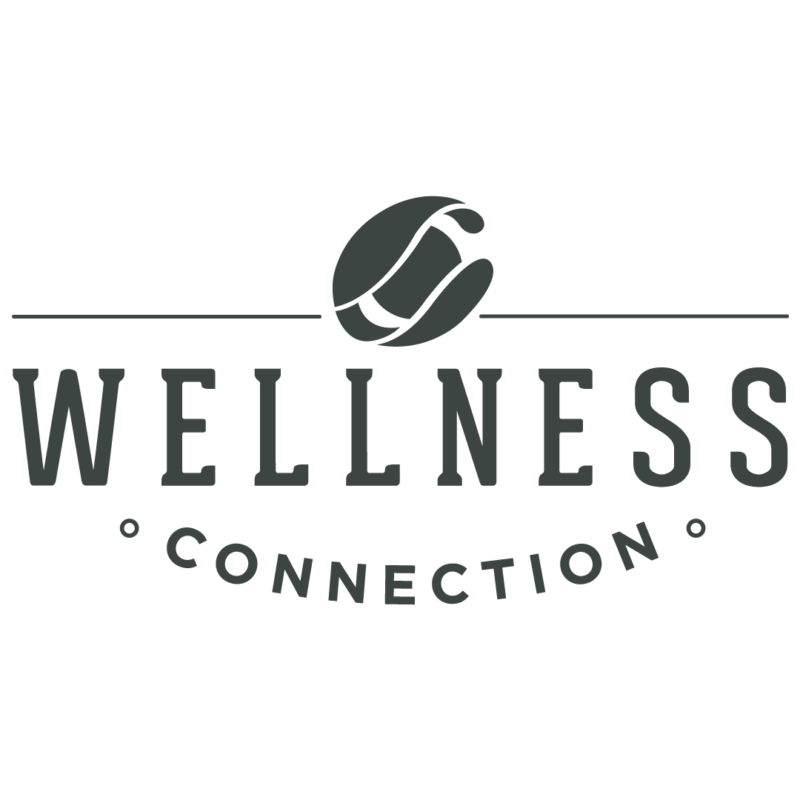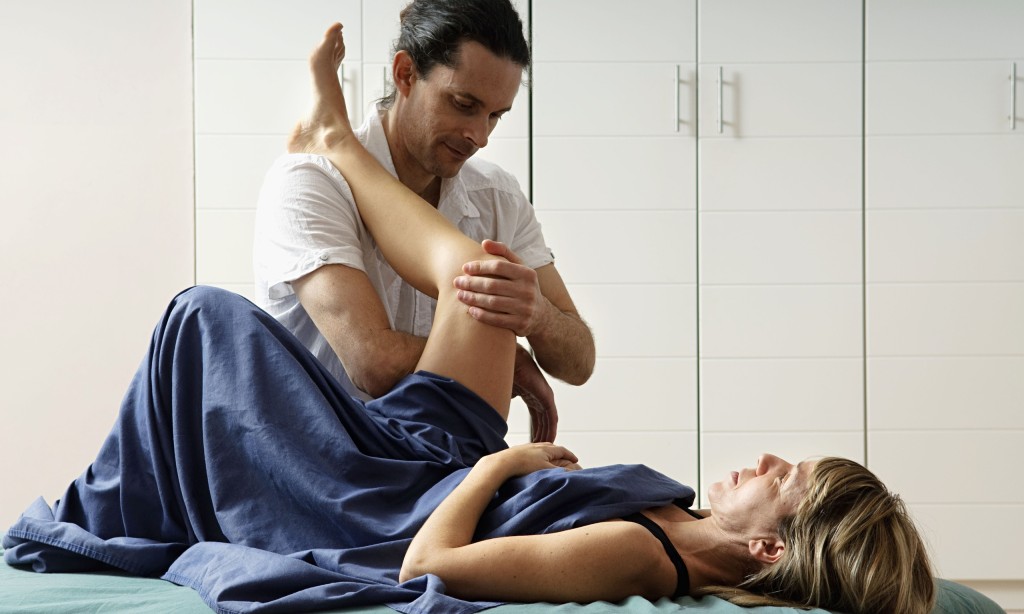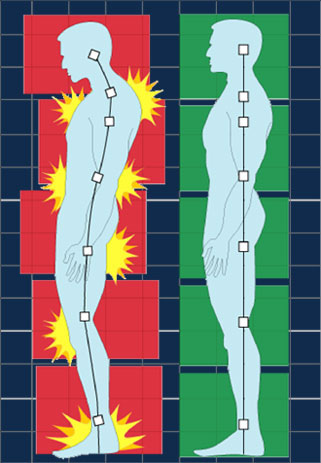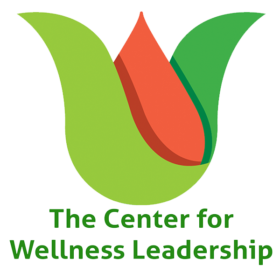How Does Rolfing Work
Rolfing utilizes soft tissue manipulation and movement education with the goal of affecting body posture and structure over the long-term. Rolfing is not massage, which often focuses on relaxation and relief of muscle discomfort. Rolfing is aimed at improving body alignment and functioning. Rolfing is different from deep-tissue massage, in that practitioners are trained to create overall ease and balance throughout the entire structure, rather than focusing on areas presenting with tension. As a structure becomes more organized, chronic strain patterns are alleviated, and pain and stress decrease.
Furthermore, Rolfing can speed up injury recovery by reducing pain, stiffness, and muscle tension. Another benefit of Rolfing is improved movement and circulation around joints. Structural integration is generally performed over a series of ten sessions. This approach allows the Rolfer to affect the client’s structure in a methodical manner. This includes loosening superficial fascia before working deeper areas, improving support in feet and legs before affecting higher structures, and helping clients find ways to benefit from freer movement in their daily activities.







